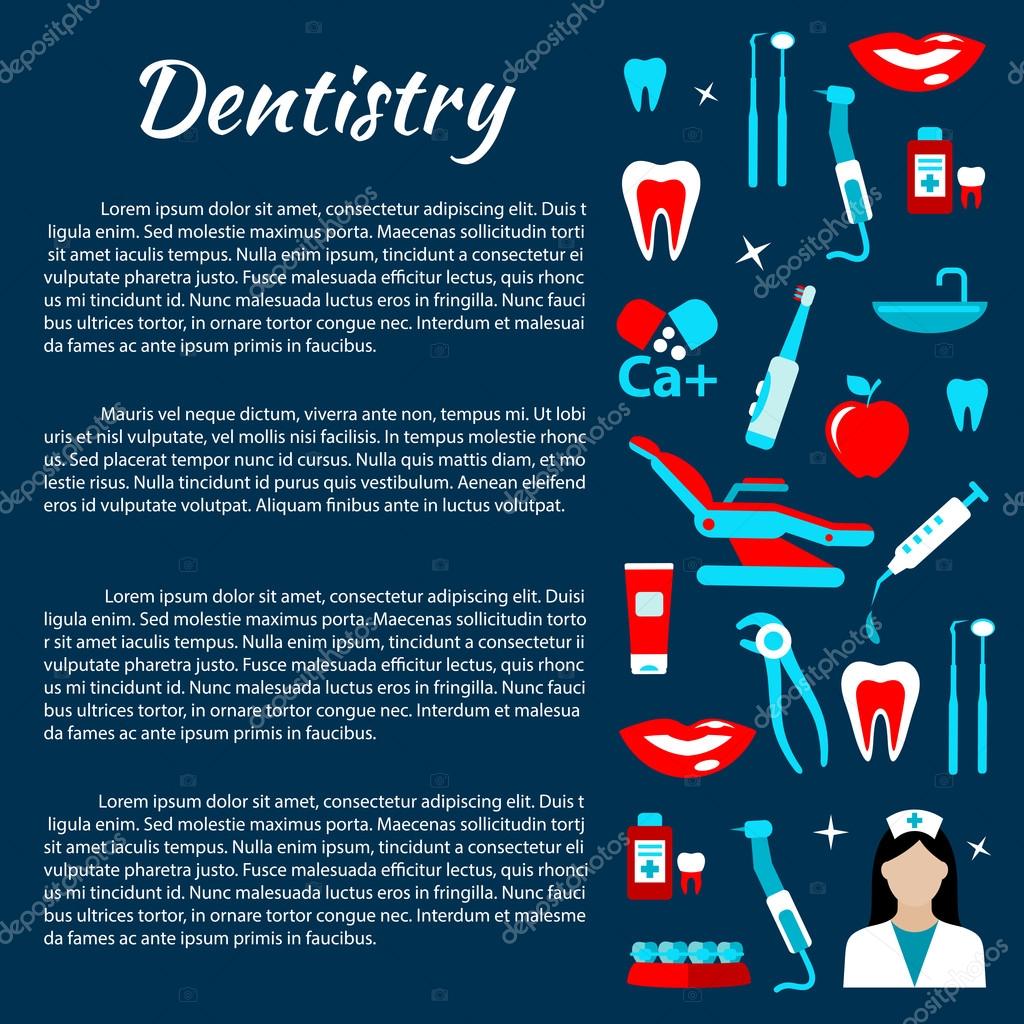The Perspective Of Oral Surgery: Revolutionary Innovations And Enhancements Shaping The Profession
The Perspective Of Oral Surgery: Revolutionary Innovations And Enhancements Shaping The Profession
Blog Article
Personnel Writer-Bendixen Jonasson
Invite to the world of dental surgery, where advancements and breakthroughs are forming the future of the field! In this interesting realm, you'll witness the transformative power of robotics, the innovative marvel of 3D printing, and the game-changing influence of minimally intrusive methods.
The future of dental surgery holds a pledge of precision, efficiency, and enhanced patient end results. With have a peek at this site of advanced robotics, cosmetic surgeons are able to do complicated procedures with greater accuracy and control.
3D printing modern technology is reinventing the creation of oral implants and prosthetics, using personalized services that fit perfectly right into each individual's one-of-a-kind makeup.
Furthermore, minimally invasive methods are decreasing post-operative discomfort and healing time, enabling clients to go back to their daily lives sooner.
Get ready to explore the amazing developments and breakthroughs that are reshaping the landscape of oral surgery!
Advancements in Robotics
One major development in dental surgery is the use of robot innovation, which enables accurate and reliable operations. With the help of robotic systems, dental cosmetic surgeons have the capacity to do intricate surgical treatments with improved accuracy, lessening the threat of human error.
These robotic systems are geared up with advanced imaging modern technology and precise tools that allow cosmetic surgeons to navigate via complex anatomical structures effortlessly. By using robotic technology, specialists can attain greater surgical precision, resulting in improved individual outcomes and faster recovery times.
Additionally, the use of robotics in oral surgery allows for minimally invasive treatments, lowering the trauma to bordering cells and promoting faster healing.
3D Printing in Oral Surgery
To improve the field of oral surgery, you can explore the subtopic of 3D printing in oral surgery. This ingenious modern technology has the possible to revolutionize the means dental specialists run and deal with patients. Below are four vital methods which 3D printing is forming the area:
- ** Custom-made Surgical Guides **: 3D printing permits the creation of very accurate and patient-specific surgical guides, improving the accuracy and efficiency of treatments.
- ** Implant Prosthetics **: With 3D printing, oral doctors can produce customized implant prosthetics that flawlessly fit a client's distinct anatomy, causing better end results and person satisfaction.
- ** Bone Grafting **: 3D printing allows the manufacturing of patient-specific bone grafts, lowering the need for standard grafting techniques and boosting healing and recuperation time.
- ** Education and Training **: 3D printing can be used to develop reasonable surgical models for instructional purposes, permitting dental surgeons to exercise complicated procedures prior to doing them on clients.
With its prospective to improve accuracy, customization, and training, 3D printing is an interesting development in the field of oral surgery.
Minimally Intrusive Strategies
To better advance the field of oral surgery, embrace the potential of minimally invasive strategies that can substantially benefit both specialists and individuals alike.
Minimally intrusive techniques are changing the field by decreasing surgical trauma, decreasing post-operative pain, and accelerating the recuperation procedure. These techniques include making use of smaller lacerations and specialized tools to do procedures with accuracy and efficiency.
By making use of advanced imaging innovation, such as cone beam of light calculated tomography (CBCT), cosmetic surgeons can properly prepare and execute surgeries with marginal invasiveness.
In addition, the use of lasers in dental surgery enables specific cells cutting and coagulation, causing decreased bleeding and minimized recovery time.
With minimally intrusive techniques, people can experience quicker recuperation, minimized scarring, and improved results, making it an important element of the future of oral surgery.
https://www.dailymail.co.uk/news/article-2822395/A-real-foul-mouth-Teenage-boy-never-swore-t-stop-cursing-wisdom-tooth-extraction.html , as you can see, the future of oral surgery is unbelievably encouraging, with exciting developments and developments forming the field.
From the innovations in robotics to using 3D printing and minimally intrusive methods, oral surgeons are reinventing the way they provide care.
While some might stress over the prospective price connected with these advancements, it is necessary to bear in mind that these modern technologies eventually enhance patient end results and decrease recovery time, making them well worth the investment in the long run.
